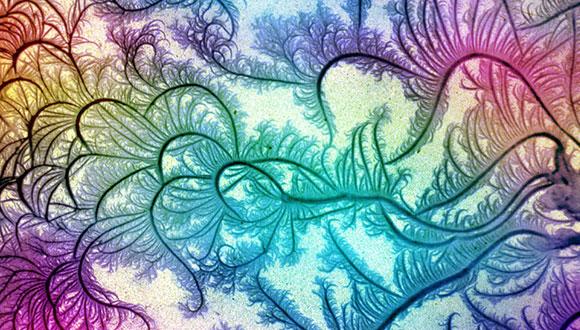Condensed Matter Seminar: Composite two-particle sources
Michael Moskalets, Department of Metal and Semiconductor Physics, NTU “Kharkiv Polytechnic Institute”, Ukraine
Abstract:
Two single-electron (-hole) sources arranged in series and attached to the electron waveguide can serve as a two-particle source. Of particular importance is the regime when one source tries to inject an electron, and another -- to inject a hole.
Sometimes the electron-hole pair is injected. But sometimes these particles just annihilate each other, an electron injected by one source gets absorbed by another. As a result, the number of emitted particles is reduced, which can be measured as reduced shot noise. This reduction is quantitatively determined by the overlap integral between the wave functions of an electron and a hole emitted by each source alone and it can be controlled by tuning the emission times.
A similar relationship between shot noise reduction and the overlap integral exists for an electron analog of the Hong-Ou-Mandel effect (right panel of the figure), where shot noise reduction is known as the Pauli dip. However, the annihilation-based approach (left panel of the figure) is more compact and, therefore, less subject to decoherence.
Event Organizer: Prof. Eran Sela


